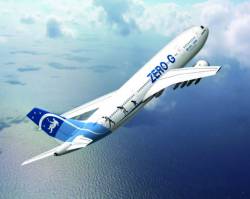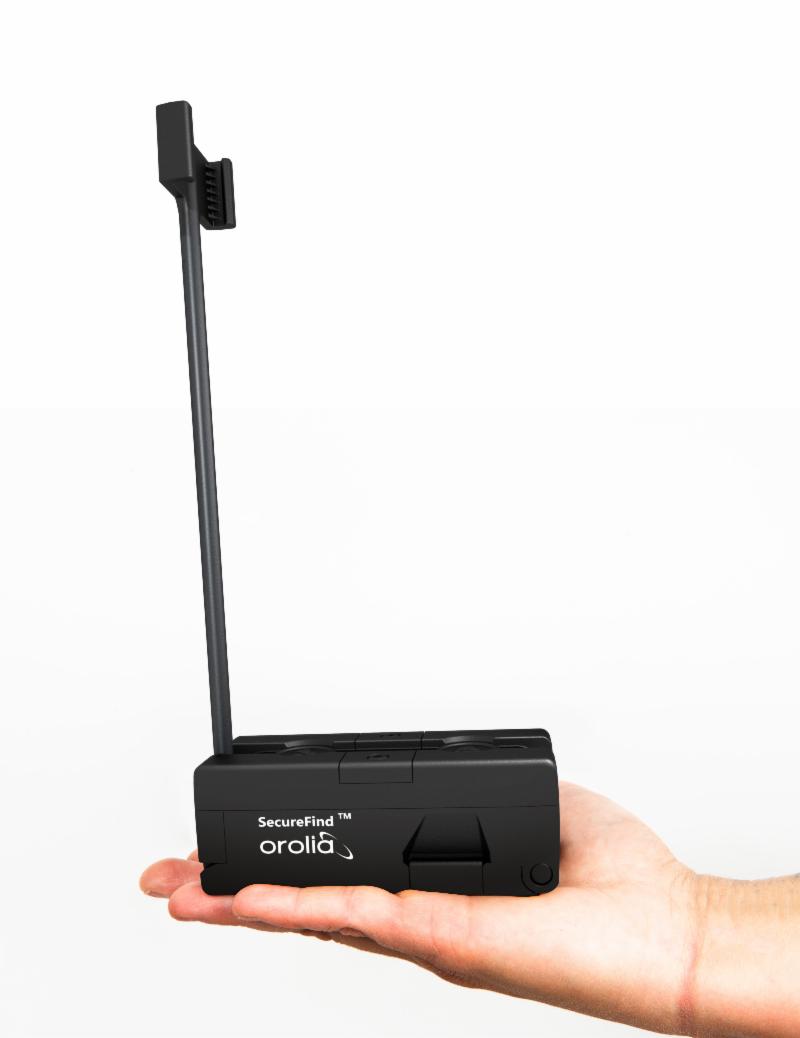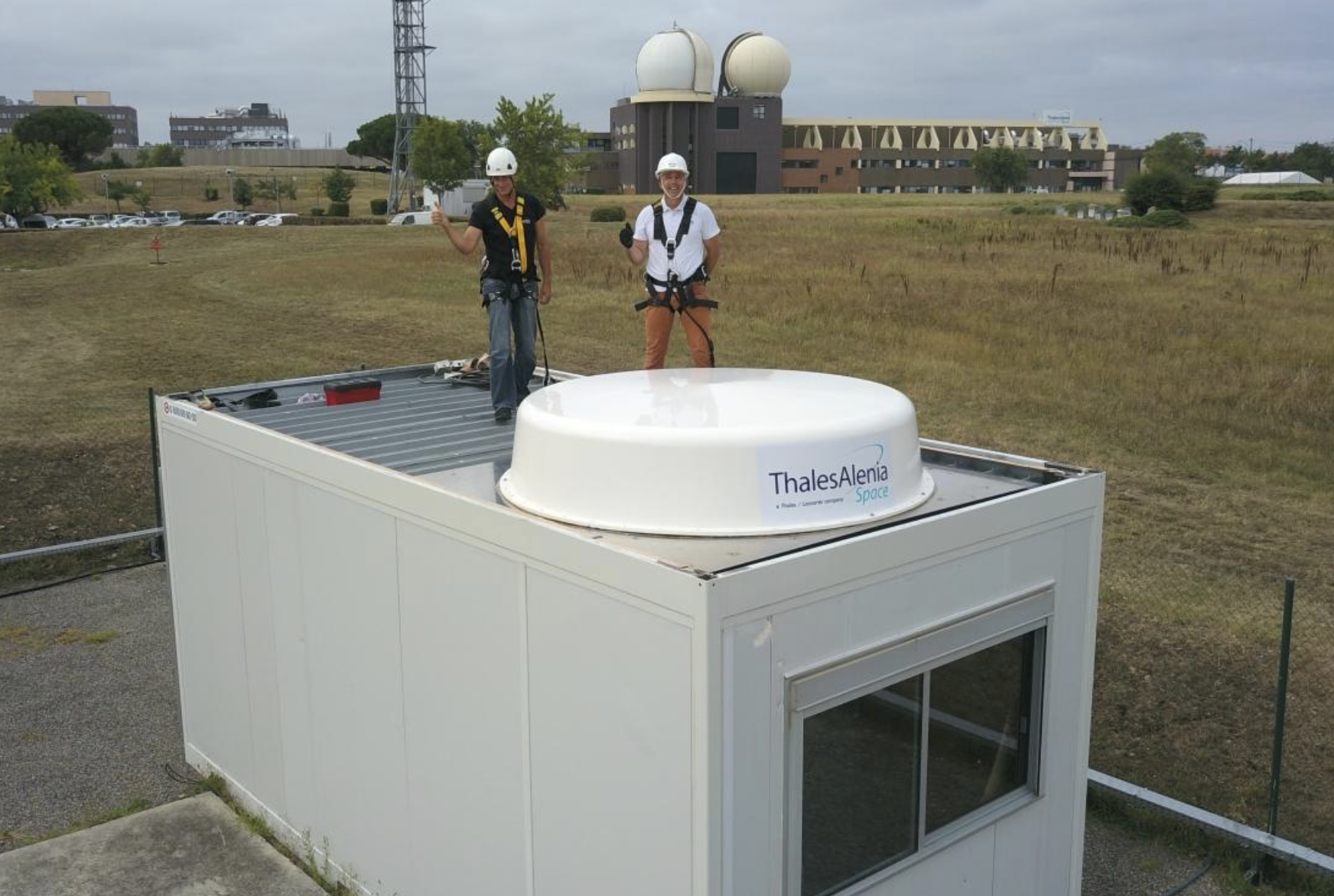 Airbus A300 Zero G (CNES photo)
Airbus A300 Zero G (CNES photo)Operational requirements for second-generation emergency location terminal (ELT) beacons have raised the possibility of activating a beacon during flight. This represents a major change in the use of a Cospas-Sarsat distress beacon.
In October 2012 CNES conducted an experiment to verify the possibility of detecting and locating an ELT beacon activated in flight. As the final specifications for second-generation beacons were not defined at that time, a flexible first-generation beacon was used.
Operational requirements for second-generation emergency location terminal (ELT) beacons have raised the possibility of activating a beacon during flight. This represents a major change in the use of a Cospas-Sarsat distress beacon.
In October 2012 CNES conducted an experiment to verify the possibility of detecting and locating an ELT beacon activated in flight. As the final specifications for second-generation beacons were not defined at that time, a flexible first-generation beacon was used.
The beacon was installed in an Airbus A300 0G plane. Generally used for micro-gravity experiments, the A300 0G is able to fly with elevation angles between –50 degrees and +50 degrees. With the possibility of interfacing the ELT with the aircraft’s external antenna, this aircraft was an ideal candidate for such an experiment.
During the flight, the test beacon was activated during each of 31 maneuvers involving parabola trajectories, which produce periods of weightlessness. Equipment at the MEOLUT ground station collected TOA and FOA measurements of detected bursts and used these to compute 3D locations.
Due to poor TOA accuracy of first-generation beacons, the locations obtained were not very accurate: about 30 kilometers at 95 percent. The use of spread spectrum techniques for second-generation beacons will improve dynamic location and also refine the estimation of the instantaneous speed and direction of the moving plane.
In March 2014, Malaysian Airlines MH370 flight disappeared from radar screens, leaving very little information about its location. After that incident, because of potential features of the new Cospas-Sarsat system, the International Civil Aviation Organization asked Cospas-Sarsat to work on the ELT capabilities, particularly on the context of flight tracking during a distress event in order to avoid future incident like the one of MH370.
One of the possible solutions, currently under study, would be to use the return link capability of the Galileo system. Currently, this service is used to acknowledge a distress alert to the user. But it could be used also to activate a beacon remotely.
With the use of a Galileo receiver tracking the E1B message continuously — and more particularly the SAR part of the message, the beacon could be activated once its identifier is sent via the Galileo SAR messages. This method would be make it possible to activate and then locate any beacon in real time anywhere around the globe.





